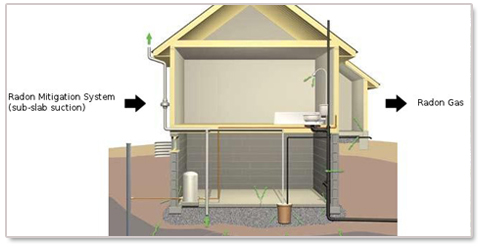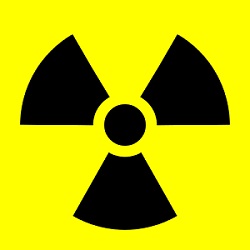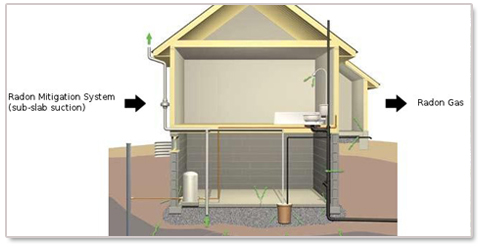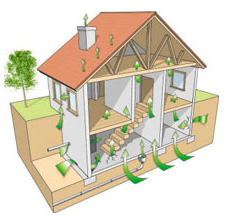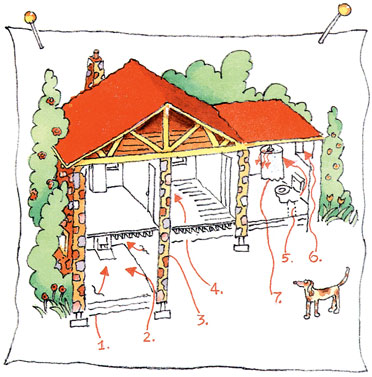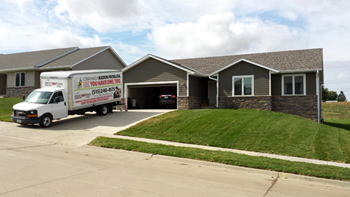Getting Rid of Radon Gas in Iowa
Radon gas is a dangerous radioactive gas that is odorless, colorless, and tasteless. Iowa is known to be the state with the highest average levels of radon gas. It is also naturally-occurring. It is created through the decomposition of uranium and rises through the soil into homes, businesses, churches, and schools through cracks in the foundation. Radon gas can cause health issues, including lung cancer. Radon gas is the second most leading cause of lung cancer in the United States. It takes the lives of 21,000 people per year.
Radon Abatement in Iowa from Ameriserv
The best and only way to tell if your home has high levels of radon is through radon testing. If your home is found to have high enough levels of radon, radon abatement is the next step. There are a variety of ways to decrease high levels of radon, in fact, the EPA cites 13 different methods to lower radon levels. The basic idea is to ventilate the home so that radon gas can escape, where it then becomes harmless. We here at Ameriserv can use sub-slab suction, which is one of the methods that the EPA cites. It is one of the most successful forms of radon abatement, reducing radon levels from 50 up to 99 percent.
If your home, business, church, or school is found to have high levels of radon gas, do not hesitate when considering radon mitigation. Do not wait until someone is sick. Contact us today to learn more about our radon testing and radon mitigation methods. Our service area covers all of Iowa, including Des Moines, Davenport, Iowa City, Cedar Rapids, and Carroll. We are fully licensed and insured for all projects in Iowa. We want to hear from you! Give us a call today!
 Our Response to COVID-19
Our Response to COVID-19 

